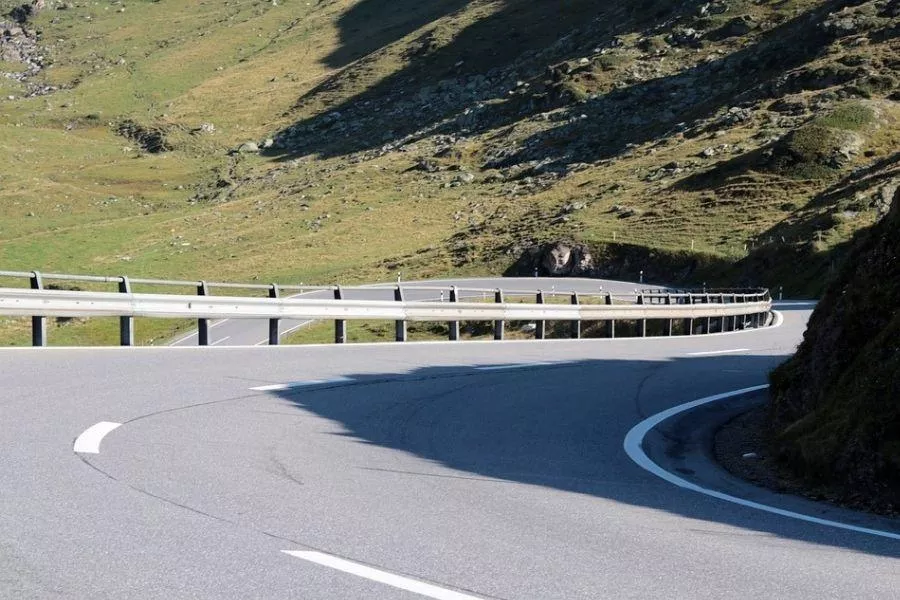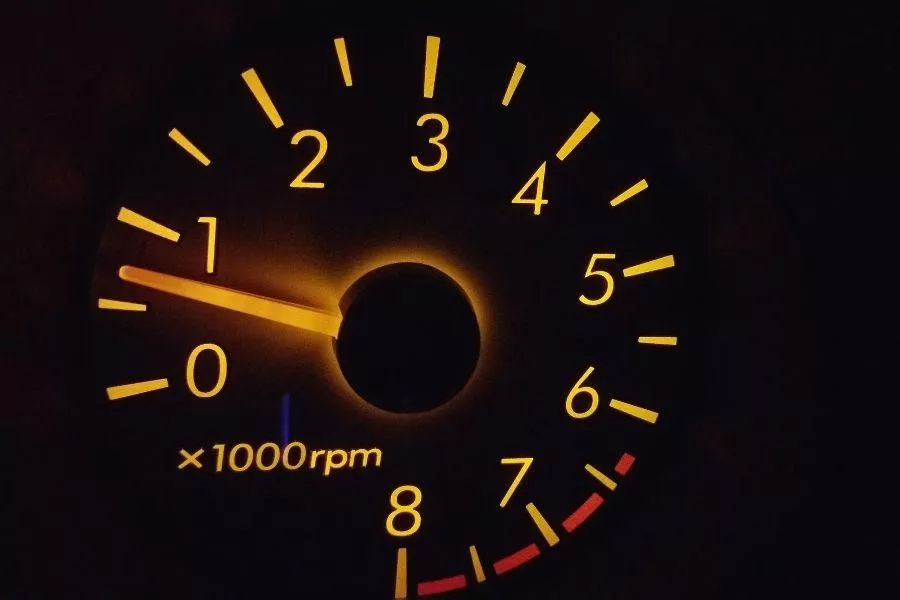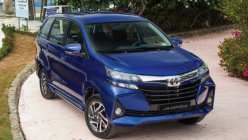Motorists are willing to try out various remedies in the quest for fuel efficiency. Some measures make a lot of sense like keeping the tires properly inflated or choosing the right fuel brand. Other solutions come off as more than a little sketchy, such as “fuel-saving devices” that are about as useful as a paperweight.

A road like this might tempt you to freewheel all the way down
One favorite course of action among many drivers is leaving the transmission in neutral especially when coasting downhill. The belief behind this is that disengaging the driveline from the engine allows the latter to idle, which means it consumes less fuel since there is no throttle input, apart from the added bonus of having gravity push the vehicle forward. But is this really the way to go?

Leaving the transmission in gear keeps the engine running even without throttle input
Unfortunately, it isn’t, never mind if it sounds like a logical line of reasoning. When you lift your foot off the gas pedal while keeping the car’s transmission in gear, the onboard computer detects acceleration without any throttle input, and proceeds to stop injecting fuel. Yet, the engine will not stall in this instance because the driveline takes over in keeping it running, so there is little to no risk of the engine coming to a sudden stop.

Shifting to neutral feeds more fuel to the engine just to sustain its idling state
In contrast, shifting to neutral tells the computer that the car is not engaging any of its gears. It’s a scenario that’s no different from idling at a standstill or in slow-moving traffic since the computer is unable to sense forward movement. What does it do in this case? The computer will keep on supplying fuel to the engine just to prevent it from stalling, so you end up actually burning more gas.
Note that this applies to both manual and automatic transmission vehicles. However, if you plan to coast up and down multiple hills in succession, it might be more efficient to leave the car in neutral. Of course, this opens up concerns about safety, given the speeds required to achieve sufficient momentum and the prospect of compromised maneuverability.
Find more tips for beginner car owners at Philkotse.com.
Recent posts
- Top 10 Most Fuel Efficient Cars in the Philippines Feb 24, 2023
- how to consume less fuel Mar 10, 2022
- smaller engine better consumption Oct 26, 2021
- Why does my car consume more fuel than advertised? [Newbie Guide] Mar 01, 2021












